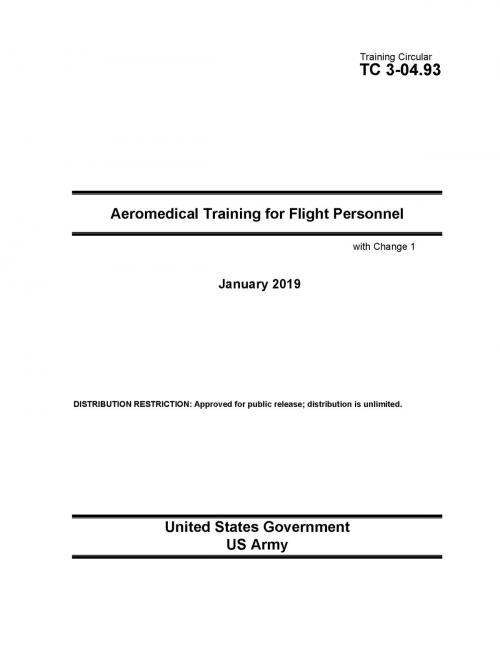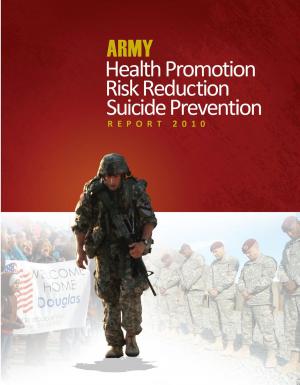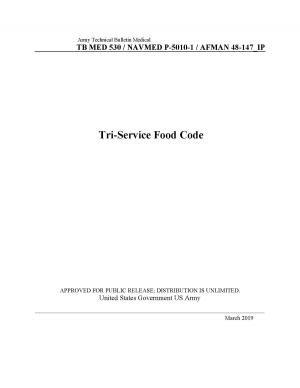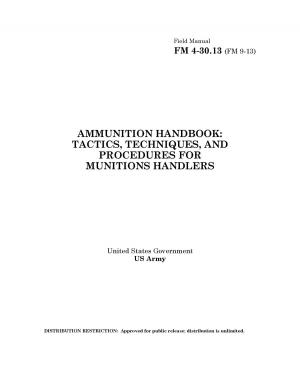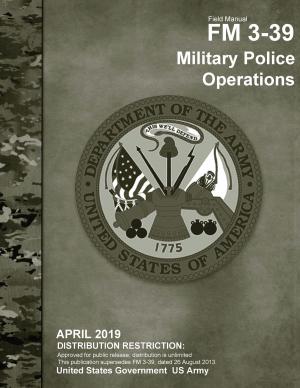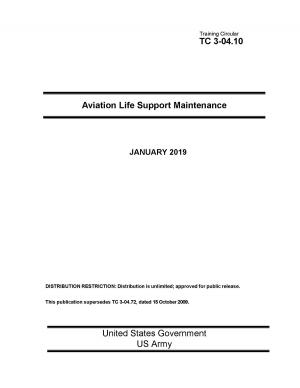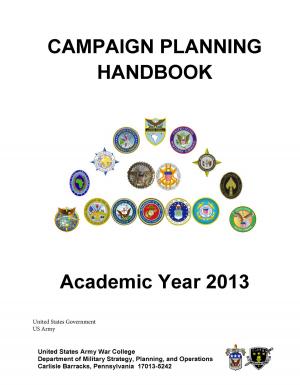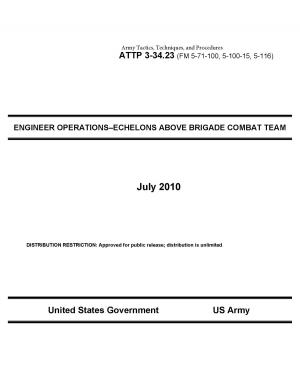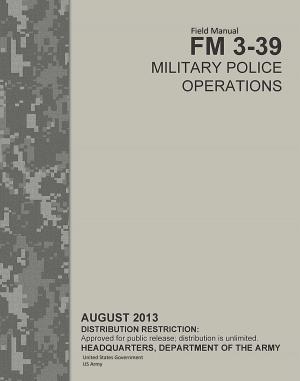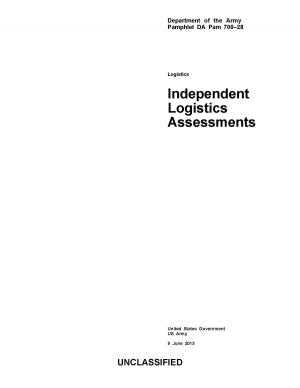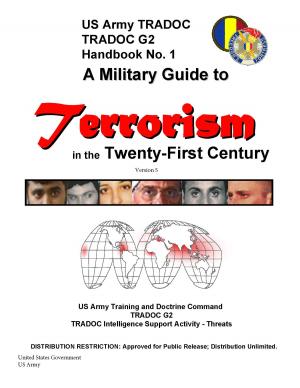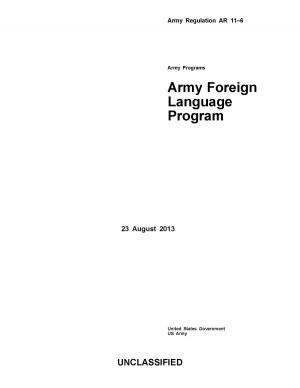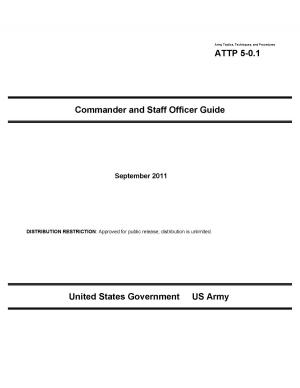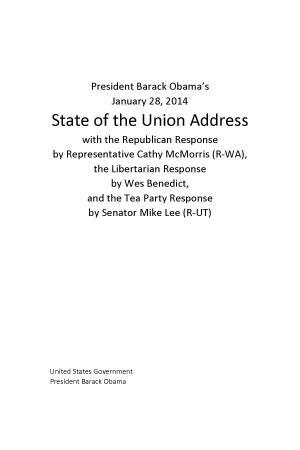Training Circular TC 3-04.93 Aeromedical Training for Flight Personnel with Change 1 January 2019
Nonfiction, Reference & Language, Transportation, Aviation, Piloting & Flight Instruction, Science & Nature, Technology, Aeronautics & Astronautics, Military Science| Author: | United States Government US Army | ISBN: | 1230003078051 |
| Publisher: | eBook Publishing Team | Publication: | February 10, 2019 |
| Imprint: | Language: | English |
| Author: | United States Government US Army |
| ISBN: | 1230003078051 |
| Publisher: | eBook Publishing Team |
| Publication: | February 10, 2019 |
| Imprint: | |
| Language: | English |
This manual, Training Circular TC 3-04.93 Aeromedical Training for Flight Personnel with Change 1 January 2019, provides crewmembers with an understanding of the physiological responses that can occur in the aviation environment. It also describes the effects of the flight environment on individual mission accomplishment. In addition, this publication outlines essential aeromedical training requirements that assist commanders and flight surgeons in conducting aeromedical education for Army crewmembers. Subject areas addressed are by no means all-inclusive but are presented to assist crewmembers in increasing performance and efficiency. This publication contains guidelines for aircrew training program commanders, flight surgeons, rated crewmembers (RCMs), nonrated crewmembers (NRCMs), and nonrated non-crewmembers (NCM).
The principal audience for TC 3-04.93 is Army Aviation, primarily fixed-wing (FW) and rotary-wing (RW) crewmembers and UAS operators. It is applicable to division, corps, the Theater Aviation Command, Theater Command, Area Sustainment Command, and the Army Aviation community, including members of allied, coalition, and civil defense support of civil authorities’ forces. Implementation of this publication conforms to Army Regulation (AR) 95-1, TC 3-04.11, and appropriate aircrew training manuals.
To keep pace with the current operating environment, the development of more sophisticated aircraft, and improvements in weapons systems, Army crewmembers must be capable of operating these systems for extended periods of time, in austere environments, and under adverse conditions. The associated physiological impacts of operating under such conditions could impact aircrew performance and jeopardize mission accomplishment unless crewmembers are trained to recognize and understand these aeromedical factors.
Spatial disorientation is the physiologic factor that contributes most often to aircraft mishaps. TC 3-04.93 updates previous doctrine and utilizes lessons learned from recent military conflicts and contingency operations in order to incorporate the most relevant training methods related to spatial disorientation (SD).
This manual, Training Circular TC 3-04.93 Aeromedical Training for Flight Personnel with Change 1 January 2019, provides crewmembers with an understanding of the physiological responses that can occur in the aviation environment. It also describes the effects of the flight environment on individual mission accomplishment. In addition, this publication outlines essential aeromedical training requirements that assist commanders and flight surgeons in conducting aeromedical education for Army crewmembers. Subject areas addressed are by no means all-inclusive but are presented to assist crewmembers in increasing performance and efficiency. This publication contains guidelines for aircrew training program commanders, flight surgeons, rated crewmembers (RCMs), nonrated crewmembers (NRCMs), and nonrated non-crewmembers (NCM).
The principal audience for TC 3-04.93 is Army Aviation, primarily fixed-wing (FW) and rotary-wing (RW) crewmembers and UAS operators. It is applicable to division, corps, the Theater Aviation Command, Theater Command, Area Sustainment Command, and the Army Aviation community, including members of allied, coalition, and civil defense support of civil authorities’ forces. Implementation of this publication conforms to Army Regulation (AR) 95-1, TC 3-04.11, and appropriate aircrew training manuals.
To keep pace with the current operating environment, the development of more sophisticated aircraft, and improvements in weapons systems, Army crewmembers must be capable of operating these systems for extended periods of time, in austere environments, and under adverse conditions. The associated physiological impacts of operating under such conditions could impact aircrew performance and jeopardize mission accomplishment unless crewmembers are trained to recognize and understand these aeromedical factors.
Spatial disorientation is the physiologic factor that contributes most often to aircraft mishaps. TC 3-04.93 updates previous doctrine and utilizes lessons learned from recent military conflicts and contingency operations in order to incorporate the most relevant training methods related to spatial disorientation (SD).
